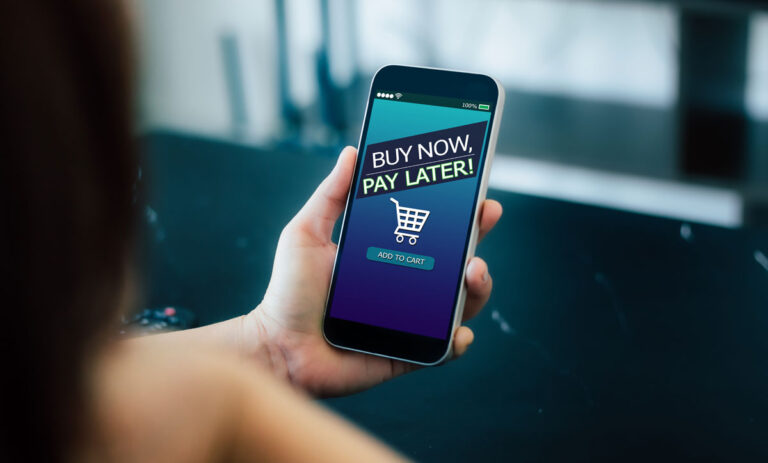
Does anyone else remember layaway? I was reminded of this during back-to-school shopping for my daughter, because I remember retailers pushing layaway for BTS clothes and for holiday season when I was growing up. But it’s pretty much fallen to the wayside except for a few retailers (Amazon for big ticket items, Big Lots, and Burlington etc). It went out of fashion due to logistical and financial issues for retailers and consumers. For retailers this included having merchandise unsalable without receiving the full revenue and their focus on driving proprietary charge cards overtook layaway. For consumers, they could lose as much as half of their investment if they didn’t keep up with the payments; didn’t have the merchandise instantly when it was for a specific event; and they now rely more heavily on credit cards.
So, is Buy Now Pay Later (BNPL) the answer to all of this for both retailers and consumers? At first blush, it would seem that way. But there are issues and challenges with BNPL too. As a retailer, yes in some cases I’ve seen increases in overall AOV and a small uptick in new customer acquisition. But those indicators of success that BNPLs (Affirm, Afterpay, Klarna etc) tout are short-lived. This is because consumers are often confused and overwhelmed by the multiple payments to BNPLs hitting their accounts every two weeks, they overextend themselves financially, there are still limited retailers that accept the BNPLs, etc., and their initial fascination and usage of BNPL wanes over time.
And as retailers yes, we receive the full revenue of the sale immediately, but we’re hit with an average of 3-8% commission (vs generally 2% for credit card fees), plus various processing fees. Yes, this is aligned with the commission from many affiliate marketers (Slickdeals, Rakuten, etc), but the difference there is that those affiliates market heavily to acquiring new customers. They have national marketing campaigns; they send regular emails to vast databases of potential/yet to engage consumers, increasing recognition and giving marketing exposure to retailers; and they leverage promotions and events in a mass and impactful way through partnered doubled customer give-back promotions etc.
In comparison, the BNPLs have yet to really market in any large-scale and meaningful way. Ask the average consumer and you will find very little brand recognition, or even knowledge of what BNPL is. Additionally, yes by adding new retailers to their roster, they can gain lifetime value on their existing customer base, but they are doing very little if anything to entice, market to and motivate new customers in any significant revenue-driving way.
So then, as retailers we’re not gaining too much with BNPLs, but are we losing anything?? Isn’t it one of those “it can’t hurt” strategies?? Yes, it can hurt your revenue and customer engagement. It can hurt because it dilutes the messages that as retailers, we’re telling our customers in direct and mass marketing and at POS. It overwhelms the store teams with yet another thing they need to speak to and push with the customer, in addition to the proprietary charge card, in addition to asking for their email address, in addition to the rewards/loyalty program, etc. Customers and store teams alike reach a point of overload and “decision fatigue” and ultimately all the various marketing and purchase-driving levers are negatively impacted.
The answer is, as retailers, pick your lanes! Analyze for the messages you feel are the most impactful for your customer and your merchandise. A specialty retailer that sells higher ticket items like jewelry or furniture, without a propriety charge card, could be the perfect utilizer of BNPL- they don’t have multiple financing options, and their AOV makes for a more compelling story to the customer. But for larger retailers that have their own prop cards and financial options, who have store-wide savings messages communicated daily via emails and broadcast marketing, who are heavy users of other affiliate programs, etc., BNPL just becomes “so much noise”, without a justifiable return. Additionally, explore the other payment options (Google Pay, Apple Pay, etc) to offer your customer alternatives but at lower commission rates, ability for customer to load universal gift cards, etc.
As retailers, don’t fall down this rabbit hole of diminishing returns, wasted efforts and diluted marketing impact, at least until the BNPLs invest and have a more strategic and far-reaching marketing effort to support their retail partners and draw new customers in droves!


